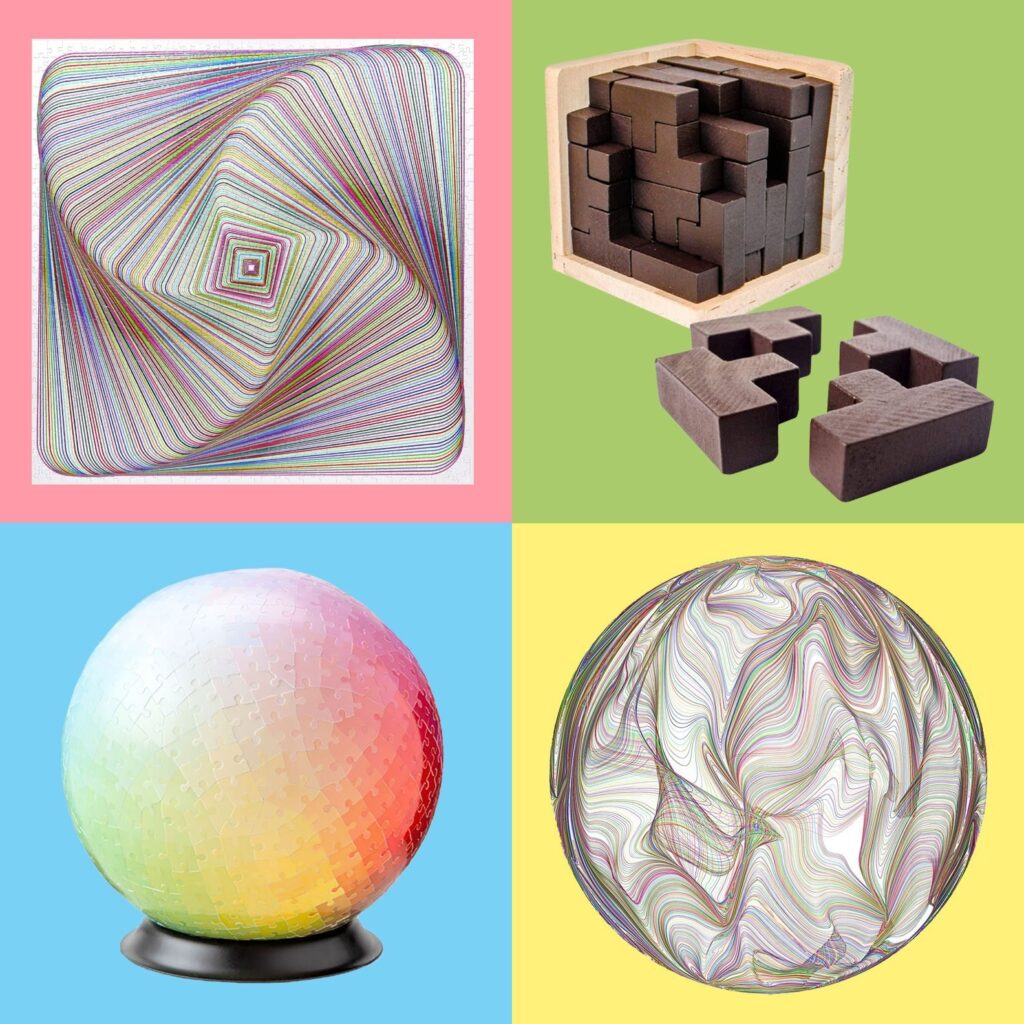Jigsaw puzzles have been around for centuries and provide a relaxing activity that can improve hand-eye coordination and cognitive function. There are different types of jigsaw puzzles, including standard, 3D and wooden puzzles, each with a variety of difficulty levels. Tips for solving jigsaw puzzles include sorting the pieces, starting with the edges, focusing on small sections and taking breaks to avoid burnout. Jigsaw puzzles can be a fun and challenging activity, providing many benefits.
The Art of Jigsaw Puzzles: Types and Tips for Solving Them
Introduction
Jigsaw puzzles are a great way to spend your leisure time. They have been around for centuries and have evolved from simple wooden puzzles to complex 3D puzzles. Solving a jigsaw puzzle can be a relaxing activity that can help improve hand-eye coordination and boost cognitive function. In this article, we will explore the different types of jigsaw puzzles and provide some tips on solving them.
Types of Jigsaw Puzzles
Standard Jigsaw Puzzles
Standard jigsaw puzzles are the most common type of jigsaw puzzles. They are usually made up of flat pieces that need to be fitted together to form a picture. They come in a wide range of sizes, with the number of pieces ranging from a few dozen to thousands. The difficulty level of standard jigsaw puzzles varies depending on the complexity of the picture and the number of pieces.
3D Jigsaw Puzzles
3D jigsaw puzzles are a more recent type of puzzle that has gained popularity in recent years. They are usually made up of interlocking plastic pieces that create a three-dimensional structure. 3D jigsaw puzzles come in a variety of shapes and sizes, with some even replicating famous landmarks or buildings. They are generally more difficult to solve than standard jigsaw puzzles due to the added complexity of building a three-dimensional structure.
Wooden Jigsaw Puzzles
Wooden jigsaw puzzles are a classic type of puzzle that has been around for centuries. They are usually made of high-quality wood and are cut into intricate shapes. Wooden jigsaw puzzles are typically more expensive than standard jigsaw puzzles, but they are also more durable and can be passed down through generations. They are often more difficult to solve than standard puzzles due to the intricate shapes of the pieces.
Tips for Solving Jigsaw Puzzles
Sort the Pieces
One of the most important steps in solving a jigsaw puzzle is to sort the pieces. This involves separating the pieces according to color and pattern. This will make it easier to find matching pieces and speed up the overall process.
Start with the Edges
Starting with the edges is another important tip for solving jigsaw puzzles. The edge pieces are the easiest to identify and put together, and they provide a framework for the rest of the puzzle. Once the edges are in place, it becomes easier to fill in the center of the puzzle.
Focus on Small Sections
It can be overwhelming to look at an entire puzzle and try to solve it all at once. Instead, it is better to focus on small sections at a time. Pick a small section of the puzzle to work on, and then move on to the next section once that is complete. This makes the overall process less daunting and more manageable.
Take Breaks
Solving a jigsaw puzzle can be a time-consuming process. It is important to take breaks and avoid burnout. Taking breaks can also help you approach the puzzle with fresh eyes and a new perspective.
Conclusion
Jigsaw puzzles are a fun and challenging activity that can provide many benefits. They come in a variety of types and designs, including standard jigsaw puzzles, 3D jigsaw puzzles, and wooden jigsaw puzzles. When solving a jigsaw puzzle, it is important to sort the pieces, start with the edges, focus on small sections, and take breaks. These tips can make the process more efficient and enjoyable. So, pick up a puzzle and give it a try!
